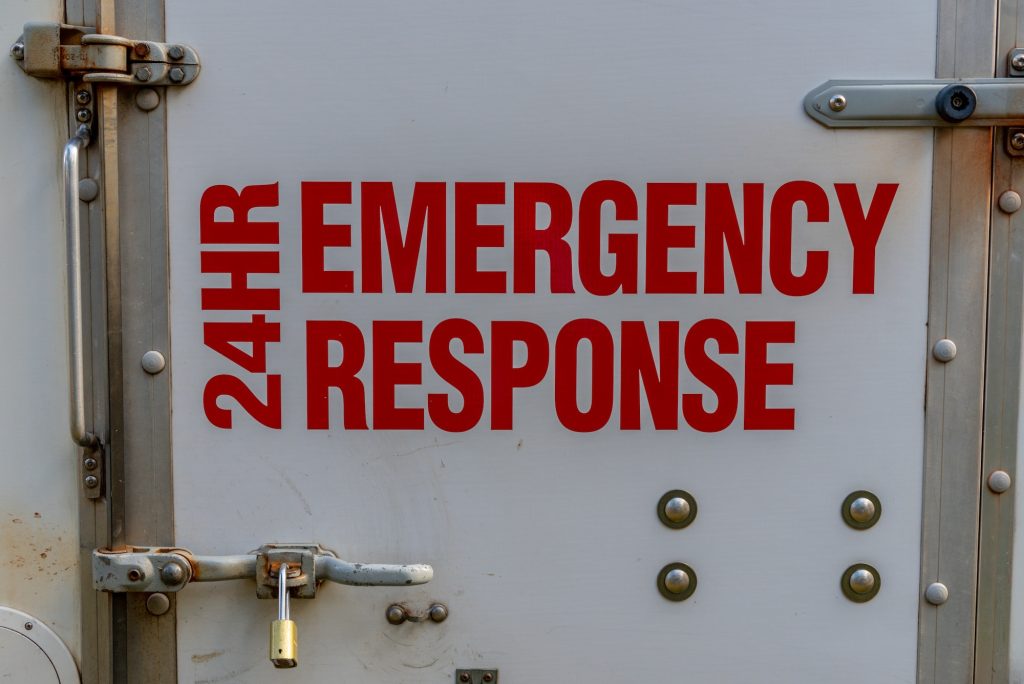
In times of crisis, emergency response is crucial to ensuring the safety and well-being of individuals and communities. Whether it be a natural disaster, a terrorist attack, or a public health emergency, activating an effective emergency response is essential in mitigating the situation’s impact. This classic essay will explore the critical components of starting an emergency response and highlight their significance in safeguarding lives and property.
Firstly, one must understand that emergency response begins with preparedness. Governments, organizations, and individuals must have comprehensive plans before crises occur. These plans should outline roles and responsibilities, establish communication protocols, identify available resources, and provide guidelines for decision-making during emergencies. With these measures, responders can act swiftly and efficiently when disaster strikes.
Another critical aspect of activating emergency response is establishing clear lines of communication. Effective communication channels are vital for disseminating information quickly and accurately to all relevant parties involved in the response effort. This includes government agencies, first responders such as police officers and firefighters, medical personnel, community leaders, and affected individuals. Timely information sharing ensures everyone can access necessary instructions or updates regarding evacuation procedures, shelter locations, medical assistance availability, or any other pertinent details.
Furthermore, coordination among various stakeholders is paramount during an emergency response activation. Organizations must work together seamlessly to maximize their collective efforts toward saving lives and minimizing damage. This coordination involves sharing resources such as personnel or equipment across various agencies or jurisdictions based on needs assessment. For instance, during a hurricane evacuation operation involving multiple counties or states along the coastlines, collaboration between local law enforcement agencies and state troopers becomes crucial to ensure smooth traffic flow on evacuation routes.
Moreover, training is pivotal in activating an effective emergency response system. Regular drills and exercises allow responders to practice their roles under simulated conditions, which helps them understand their responsibilities better while identifying any gaps or weaknesses in the response plan. Training fosters teamwork and enhances communication skills, enabling responders to work cohesively during high-stress situations. Additionally, training programs should be inclusive of the general public, educating them on basic emergency preparedness measures such as first aid techniques or how to create a family emergency plan. This empowers individuals to take immediate action before professional help arrives.
Lastly, continuous evaluation and improvement are essential to activating an emergency response system. After every crisis, it is crucial to conduct thorough reviews of the response effort to identify areas for improvement. This includes analyzing response times, assessing the effectiveness of communication channels, evaluating resource allocation strategies, and identifying any shortcomings in coordination among various agencies. Emergency response systems can become more efficient and resilient by learning from past experiences and implementing necessary changes based on lessons learned.
In conclusion, activating an effective emergency response requires comprehensive preparedness plans, clear communication channels, stakeholder coordination, regular training exercises for responders and the public, and continuous evaluation and improvement efforts. These key components work together harmoniously to ensure that lives are saved, and damage is minimized during times of crisis. Investing in these aspects of emergency response activation today can build a safer tomorrow for our communities.
